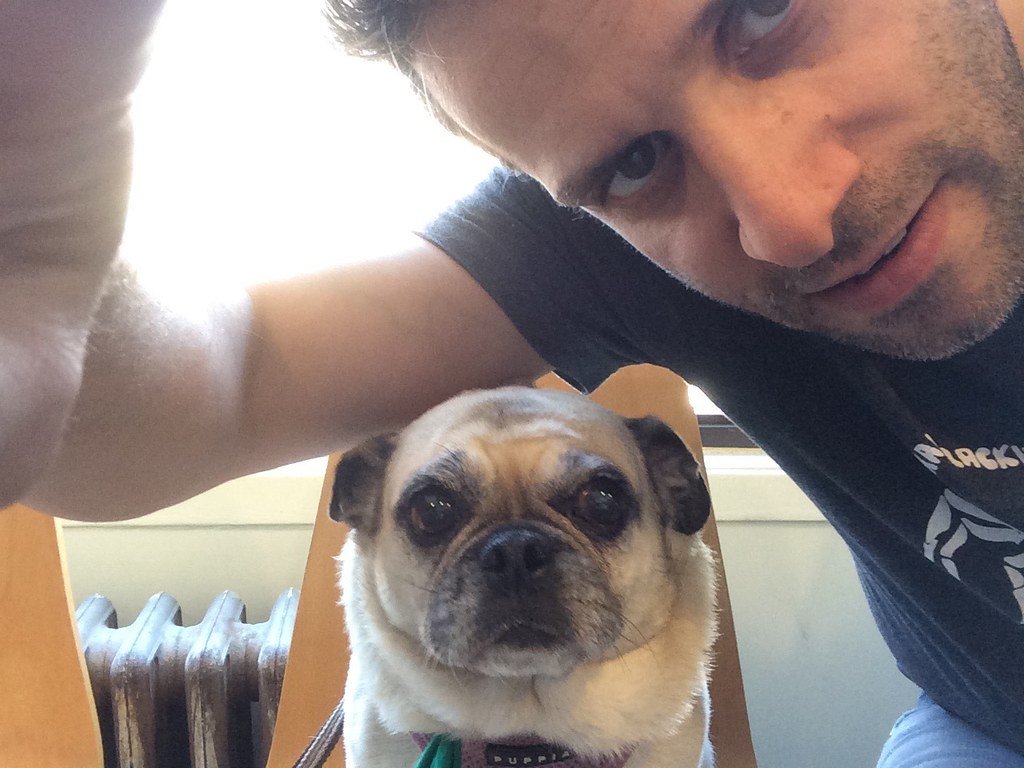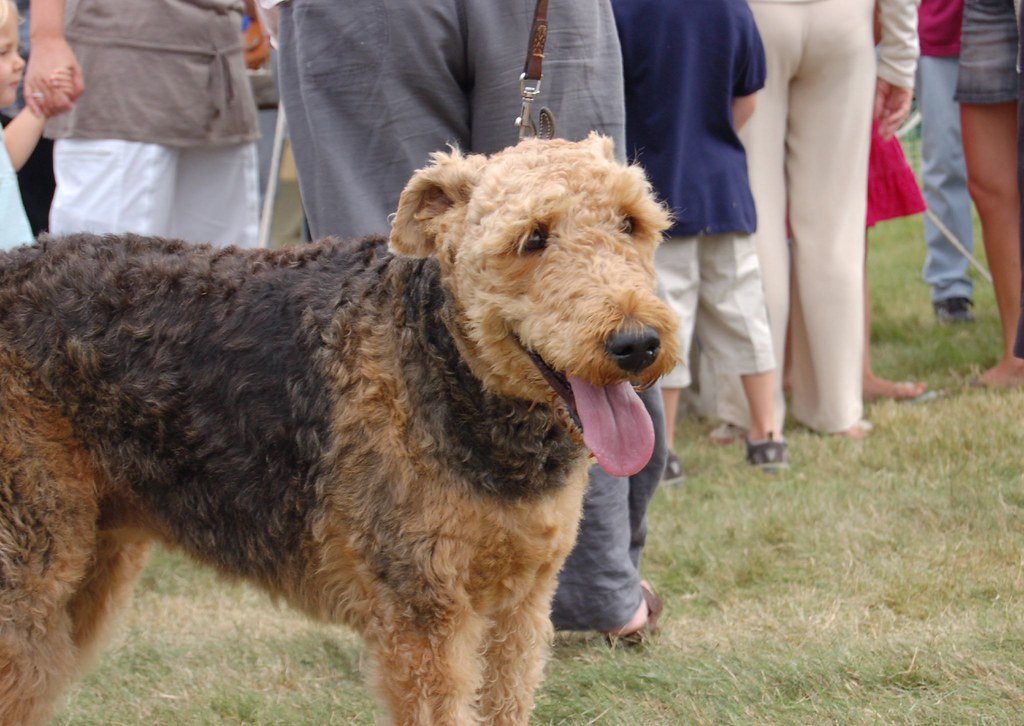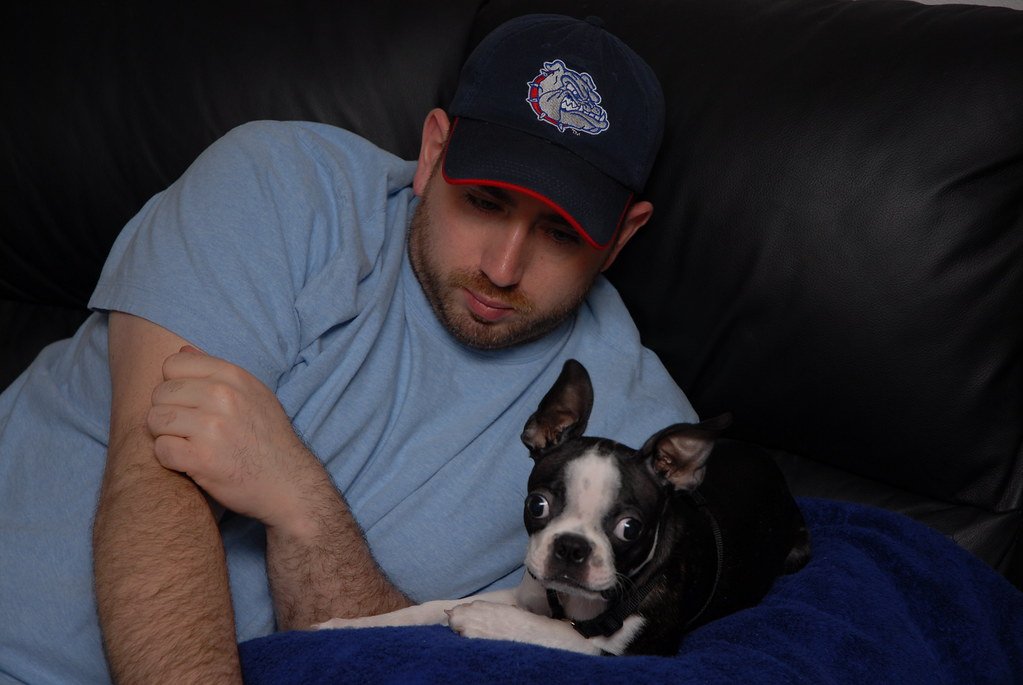The 3-3-3 rule is a helpful guide for understanding what your newly adopted dog goes through during their transition into a new home. It breaks down into three stages: 3 days to decompress, 3 weeks to settle in, and 3 months to feel fully at home. During the first few days, your dog might seem nervous or shy—it’s all new and overwhelming. By three weeks, they’ll start learning your routine and showing more of their personality. Around the three-month mark, most dogs begin to truly bond and feel secure. This rule reminds us to be patient and give our pups the time they need. A little understanding goes a long way in building a loving, lasting relationship.
Understanding the 3-3-3 Rule: What Does It Mean?
The 3-3-3 Rule is a simple but powerful guideline for anyone bringing a new dog home, especially if your dog is a rescue or adopted from a shelter. It breaks down the first three days, three weeks, and three months of your dog’s life at home. Each “3” represents a major step in your dog’s journey from uncertainty to comfort. Imagine you’ve moved to a whole new country — you’d need time to adjust, right? That’s exactly what this rule recognizes for dogs.
The 3-3-3 Rule isn’t a strict timeline, but it helps set realistic expectations. It reminds us that love takes time and that dogs, just like people, have emotional needs. The rule gives adopters a roadmap for patience, helping them understand that trust and happiness are built slowly, not overnight. It’s not magic, but it is a recipe for a strong, lasting bond.
The First 3 Days: Overcoming Shock and Stress

The first 72 hours after coming home can feel overwhelming for your new dog. They’re likely nervous, confused, and possibly even scared. Everything — the smells, sounds, and sights — is new and strange. Don’t be surprised if your dog hides, refuses food, or acts withdrawn. This is totally normal. Imagine landing in a bustling city where you don’t speak the language; your dog is experiencing something similar.
During this time, your number one job is to provide a safe, quiet space. Avoid too many visitors or loud noises. Let your dog explore at their own pace. Offer treats and soft words, but don’t force interaction. The key is to let your dog decompress and start to feel safe. This initial period can be tough, but it’s a crucial first step toward building trust.
The Next 3 Weeks: Learning Routines and Boundaries
After the first few days, your dog will begin to settle in and get curious about their new home. This is when routines become important. Dogs love predictability, so feeding times, walks, and bedtime should happen around the same time each day. Structure helps your dog feel secure — like a child learning when it’s time for bed.
You’ll probably start to see your dog’s personality peek through during these weeks. Maybe they’ll be a goofball, or maybe they’ll be more reserved. It’s also when you can gently start basic training and introduce household rules. Positive reinforcement works wonders here. Praise, treats, and consistency are your best tools. With patience, you’ll watch your dog gain confidence and begin to trust you.
Three Months: Building Real Confidence and Connection
By the end of three months, many dogs feel like true members of the family. They’ve learned the rhythms of your home, know what to expect, and likely view you as their trusted person. This is when deep bonds really start to form. It’s also when quirky habits and unique personalities shine brightest — sometimes in surprising ways!
Don’t be surprised if challenges pop up, like new fears or stubborn behaviors. This is a sign your dog feels comfortable enough to show their true self. Keep reinforcing boundaries and routines, but also celebrate the little victories. Every wag, cuddle, or silly antic is proof that your patience is paying off.
Why Patience is Essential: More Than Just a Rule

The 3-3-3 Rule is really about patience. Dogs, especially rescues, may have complicated histories. They might have faced fear, loss, or neglect before finding your loving home. Expecting instant cuddles or perfect behavior is like asking a shy child to perform on stage on day one — it’s just not fair.
Patience means allowing your dog to set the pace. Some will blossom quickly, others will need extra time. Celebrating small milestones — a wagging tail, a gentle nuzzle, even eye contact — helps you recognize progress that’s easy to miss. The reward? A loyal companion who knows they’re truly safe.
Common Mistakes to Avoid During Transition
Many new dog owners make the mistake of doing too much, too soon. It’s tempting to introduce your dog to neighbors, parks, or even other pets right away. But this can overwhelm and confuse your furry friend. It’s also easy to forget that consistency matters — changing routines or rules can make your dog anxious.
Another common error is misinterpreting your dog’s fear as stubbornness or disobedience. Remember, fear can look like growling, hiding, or even snapping. It’s important to respond with understanding, not punishment. Slow, steady introductions and lots of positive reinforcement help your dog feel safe and supported.
The Role of Routine: Why Structure Matters
Dogs thrive on routine. Just like humans feel more relaxed when life is predictable, dogs depend on consistency to understand what’s expected of them. Simple things, like feeding and walking at the same times every day, help your dog anticipate what’s coming next. This reduces anxiety and builds trust.
Routines aren’t just about comfort; they’re also a foundation for good behavior. When your dog knows when and where things happen, they’re less likely to act out or misbehave. Over time, these daily rituals become a source of security, helping your dog settle in and feel truly at home.
Signs Your Dog is Adjusting Well

How do you know if your new dog is starting to feel at home? Look for small but meaningful changes. A relaxed body, wagging tail, or playful energy are all great signs. Your dog might start seeking you out for attention, bringing you toys, or simply resting near you — all signals that trust is growing.
You may also notice fewer accidents, less hiding, and more engagement with their surroundings. Every dog is unique, so progress may look different from one pup to another. Celebrate these moments and remember that setbacks are normal. What matters is the overall trend toward comfort and confidence.
Helping Your Dog Overcome Setbacks
Even with the best intentions, setbacks can happen. Maybe your dog regresses after a sudden noise or a stressful event. Don’t panic — this is part of the process. The key is to stay calm, go back to basics, and offer extra reassurance. Just like people, dogs need time to recover from scary or confusing experiences.
If your dog struggles with anxiety or fear, consider seeking help from a professional trainer or behaviorist. Sometimes, a little extra support can make all the difference. Above all, remember that progress isn’t always a straight line — patience and love are your best tools for helping your dog thrive.
How the 3-3-3 Rule Builds a Lifelong Bond

The true magic of the 3-3-3 Rule is in the bond it helps create. By following this gentle guideline, you’re telling your dog, “I’m here for you, no matter how long it takes.” This builds trust that lasts a lifetime. Dogs who are given time to adjust grow into confident, loving companions who enrich your life in ways you never expected.
Many dog owners look back on those first few months with gratitude — and a little nostalgia. The awkward moments, the small victories, the gradual blooming of trust: these are the memories that make your bond unbreakable. In the end, the 3-3-3 Rule isn’t just about adjustment — it’s about building a relationship that will fill your heart for years to come.
The 3-3-3 rule is all about giving your new dog the time and space they need to adjust and feel safe. Every dog is different, but following this simple timeline can help you build trust and avoid unnecessary stress. With patience and love, you’ll start to see your pup’s true personality shine. Remember—great bonds aren’t rushed, they’re nurtured.

Born and bred in South Africa, a Capetonian at heart. Amy-Leigh’s love for nature and animals was inherited from her Dad. He loves taking the family on road trips to experience nature at its finest; Amy-Leigh’s favourite being whale watching in Hermanus and spotting Kudu along the West Coast. Amy-Leigh holds a BA in English Literature and Communication Studies.






